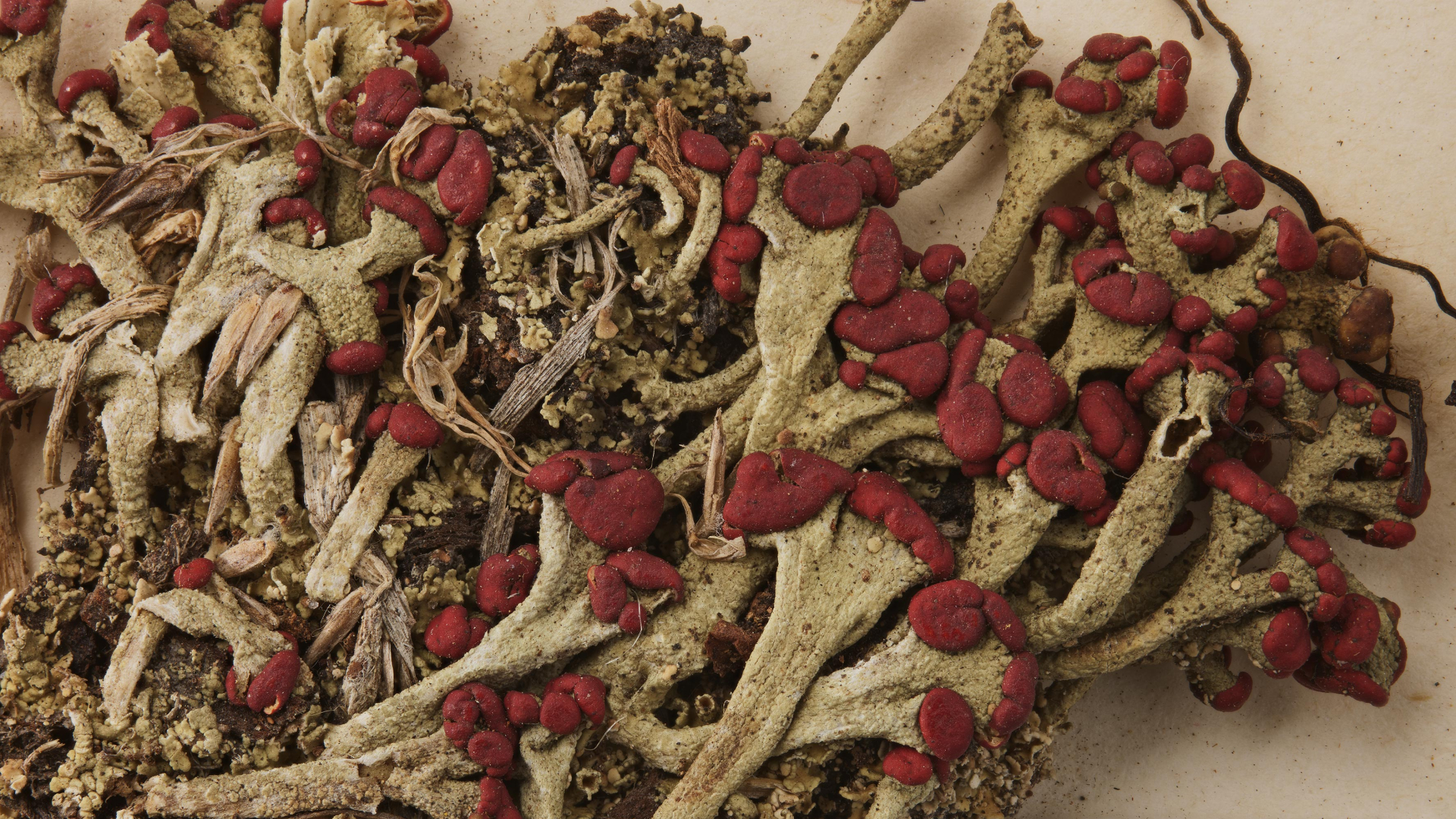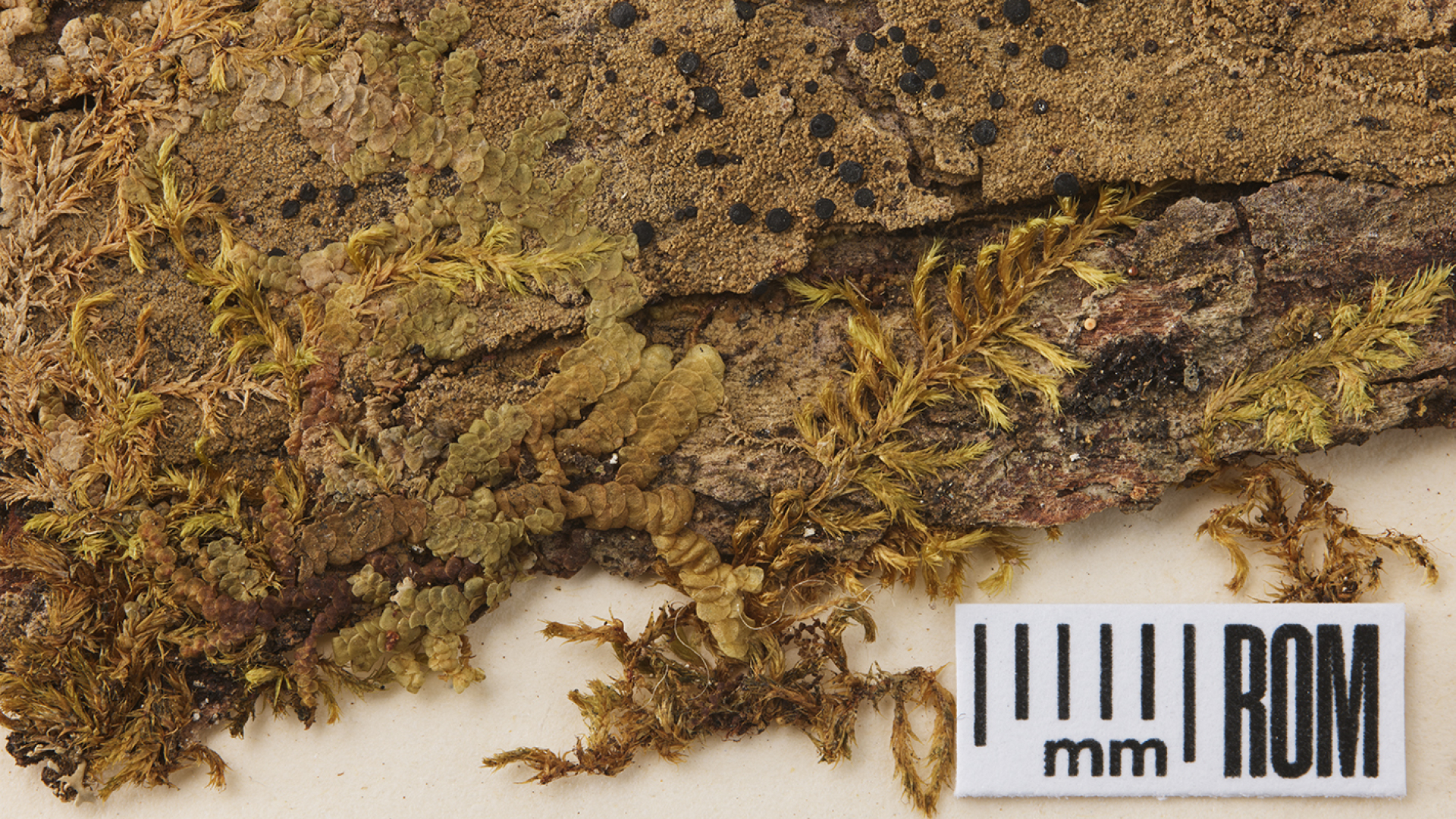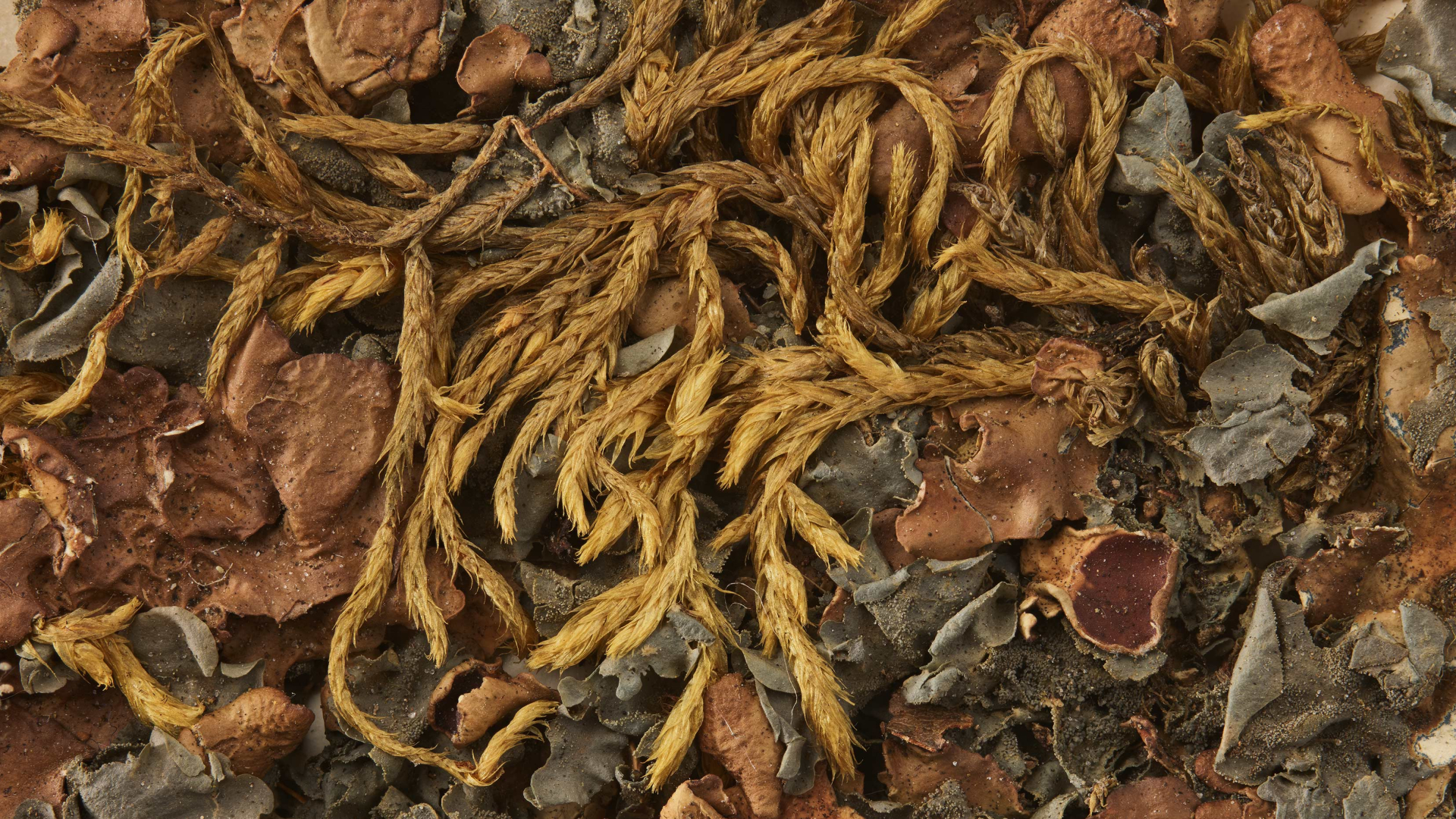How a mycology tech found more than 100 “lost” specimens—all over a century old
In a staff-only area of the Royal Ontario Museum, 30 steps from the droning buzz of the fossils lab, is the mycological herbarium. Inside the fluorescent-lit room, hidden amid rows and rows of many-drawered cabinets, are approximately half a million fungal specimens: psychedelic mushrooms and jelly fungi and matted lichens that look like wet clumps of human hair. But for as much as we know about the specimens, there is almost as much we don’t. That’s because about 30% of these specimens—particularly those that were donated—have not been properly catalogued, let alone photographed and digitized.
Why? Because the volume is too great. Plus, Simona Margaritescu, ROM’s sole mycological technician, has plenty else to keep her busy, from preparing loans and DNA-barcoding specimens of interest to answering public inquiries and teaching TikTok about ergot, a famously spooky fungus some argue was responsible for the Salem Witch Trials.
But on an overcast day in early November last year, Margaritescu was deep into the black hole of ROM’s collection, inventorying another set of lichens.
“Lichens are like a special kind of organism,” says Margaritescu. “Because they are not just fungi—they are a symbiosis, a partnership between fungi and various algae and cyanobacteria."
When she went to check the “Miscellaneous” cabinet to see if she’d missed anything, Margaritescu happened upon a box labelled “Macoun Lichens – Not in Census.”
John Macoun (1832–1920) was, in the words of a 1921 obituary in the Journal of Mammology, “one of the old school of naturalists who took the whole field of natural science for his province,” and, in Margaritescu’s opinion, the “forefather of modern Canadian herbaria.” (“Not in Census” simply meant the specimens hadn’t been entered as part of the collection, even in the antiquated ledgers.)
So, naturally, Margaritescu’s interest was piqued. Then she saw the packets—brittle brown envelopes, with their original labels inked in beautiful, looping calligraphy—dated to the 19th and 20th centuries.
The specimens inside were even more astounding.
“They looked like they were collected a few years ago,” Margaritescu says. “I was like, ‘Oh, no—they have to go in the collection.”
So, Margaritescu enlisted the help of Eli Guan, a third-year University of Toronto undergraduate student who volunteers in the mycology department. One by one, Guan photographed the old labels, then placed each lichen between a paper card and felt—necessary “pampering,” Margaritescu joked—before tucking them into acid-free paper packets affixed with new printed labels.
“I felt really bad in the beginning having to take scissors to [labels] older than anybody I know,” says Guan. “And then I got over it.”
While the Macoun specimens are an astonishing find, they don’t have the detailed information technicians like Margaritescu expect from collectors today. Some of the labels only listed the year; others, in lieu of a particular place, simply said “Canada.”
Still, the specimens are valuable—a means to understand what was growing in Canada 150 years ago.
“My favourite phrase is that natural history collections are libraries of life,” Margaritescu says. “These collections represent a snapshot in time.”



